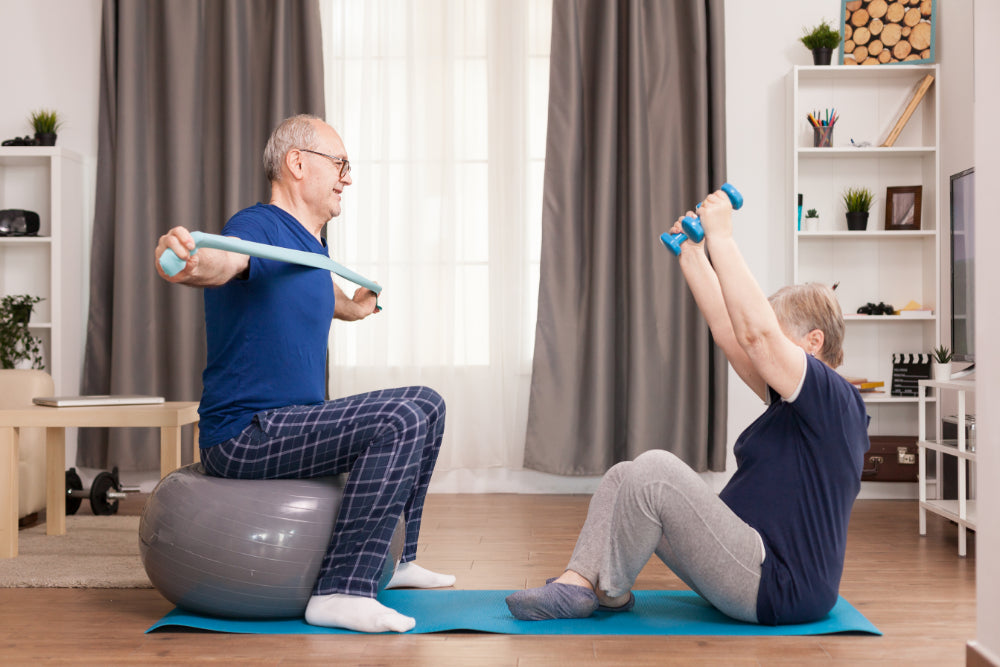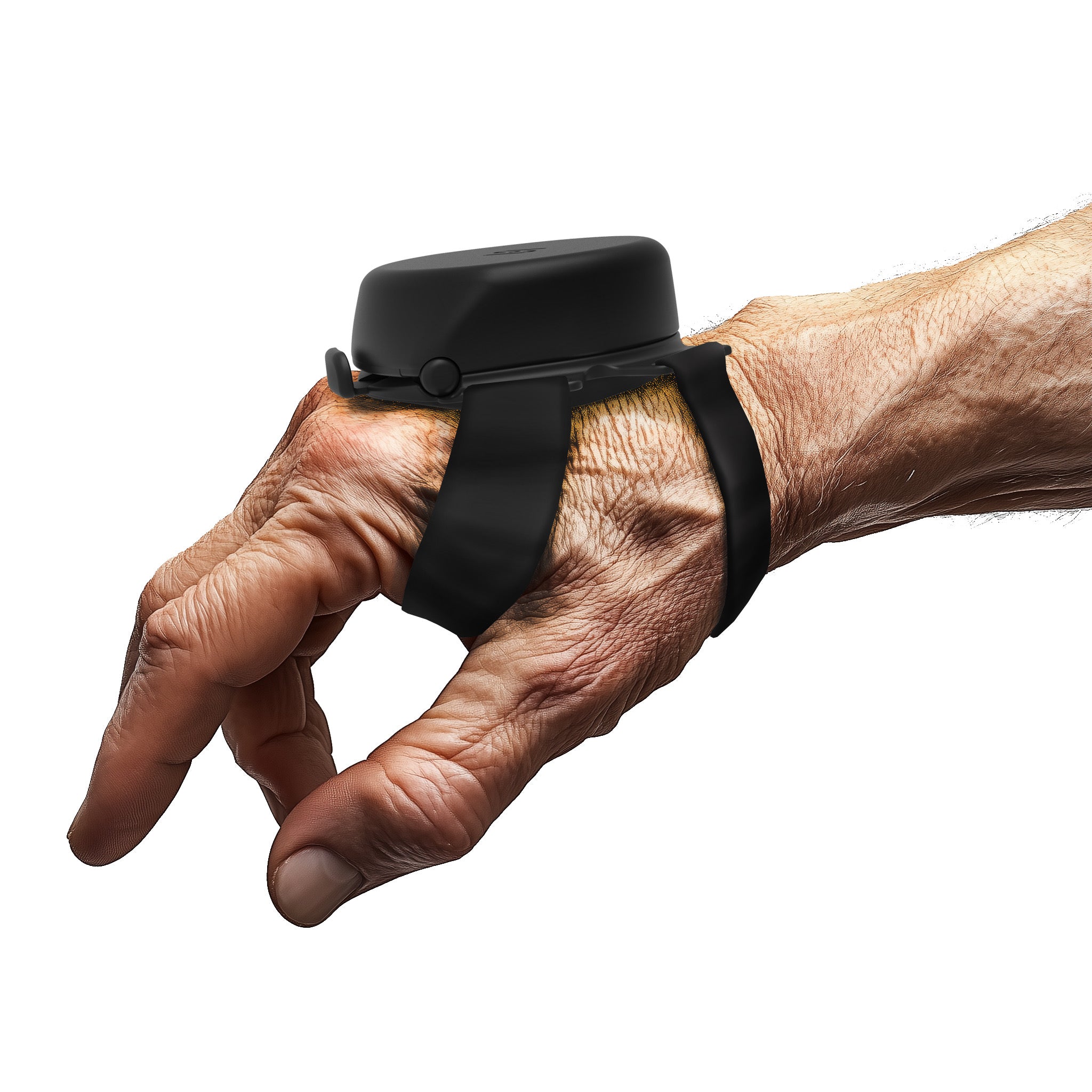Exercise is pivotal in managing Parkinson's Disease, significantly benefiting both motor and non-motor symptoms. Engaging in Parkinson's exercises enhances physical mobility and mental health, which are crucial in controlling disease progression.
Regular exercise tailored for those with Parkinson's can improve coordination and reduce the risk of falls by strengthening muscles and enhancing balance. Additionally, structured exercise programs foster community and support, crucial for emotional health as individuals connect with others facing similar challenges. In this discussion, we highlight five exercises for Parkinson's that are specifically effective for symptom management.
We will delve into the science behind exercise as a therapeutic tool for Parkinson's, offering practical advice for integrating physical activity into daily life. Let us discover the best exercises for Parkinson's that enhance physical mobility and mental health and how to slow Parkinson's.
Understanding Parkinson's Disease
Before delving into how to slow Parkinson's, it's essential to understand what Parkinson's disease is. It's a progressive neurological disorder that affects movement, causing symptoms like trembling hands, stiffness, and problems with balance. Although a cure does not exist for Parkinson's disease, treatments enable people to manage symptoms and slow disease progression.
Strategies on How to Slow Parkinson's Progression
-
Medication Management
Medications such as levodopa and dopamine agonists may reduce symptoms significantly and improve quality of life. Consult a neurologist to develop a personalized medication plan.
-
Exercise and Physical Therapy
Regular exercise can delay Parkinson's progression. Activities like walking, yoga, and tai chi strengthen muscles, improve flexibility, and enhance balance. Physical therapy specialized for Parkinson's patients helps alleviate symptoms and improve mobility.
-
Healthy Diet
A balanced diet with fruits, vegetables, and whole grains benefits individuals with Parkinson's. Diets like the Mediterranean diet, rich in healthy fats and antioxidants, may slow disease progression.
-
Regular Medical Checkups
Follow-up appointments with medical professionals ensure effective symptom management and guidance for delaying progression.
-
Stress Management and Mental Health Support
Managing stress is vital for individuals with Parkinson's. Meditation, deep breathing exercises, and counseling can help cope with symptoms and improve mental health.
The Science Behind Exercise and Parkinson's Disease
Research shows regular exercise does more than ease symptoms—it may slow Parkinson's progression. Exercise encourages neuroplasticity, creating new nerve cell connections, improving movement control, and reducing symptom severity. This helps patients maintain independence longer.
5 Exercises for Parkinson's Patients

-
Tai Chi
Focuses on slow movements and deep breathing to improve balance, motor control, and reduce stress.
-
Walking
Promotes cardiovascular health, improves gait, and enhances balance. Start with short distances and gradually increase endurance.
-
Boxing
Encourages coordination and motor control through complex movements in challenging situations.
-
Yoga
Improves flexibility, tones muscles, and reduces stress, adaptable to various fitness levels.
-
Chair Exercises
Perfect for individuals needing support, these exercises strengthen muscles and improve stability without joint strain.
Parkinson's Workout: Enhancing Mobility and Strength
A tailored workout regimen for Parkinson's improves mobility, flexibility, and strength. Aerobic exercises like walking or cycling enhance cardiovascular health, while strength training combats muscle weakness. Flexibility exercises, such as yoga, help maintain range of motion and reduce stiffness. Balance training, like tai chi, prevents falls and improves stability.
Consult healthcare professionals to create a safe, personalized exercise plan. Gradually increasing intensity minimizes injury risks and improves quality of life.
The Community and Support for Patients with Parkinson's Disease
Joining specific exercise programs and support groups provides emotional and motivational support. Online forums, local events, and community centers offer opportunities to connect, share experiences, and maintain an active, fulfilling life.
Barriers to Exercise and How to Overcome Them
Common barriers like lack of motivation or fear of injury can be overcome with realistic goals, professional guidance, and support from family or friends. Adaptive equipment and individualized programs address physical limitations effectively.
Effects of Steadiwear in Improving Exercise for People with Parkinson's Disease
The Steadi-3 glove stabilizes hand tremors, making exercises like Tai Chi, yoga, and weightlifting more accessible. This FDA-recognized device enhances fine motor skills and boosts confidence for a more active, independent lifestyle.
Conclusion
Exercise is potent in managing the disease and improves physical functions, mental health, and quality of life. With an understanding of how best exercises for Parkinson's benefit patients, those with Parkinson's can enjoy a more active and meaningful life. Encourage self-motivation, seek professional advice, and face the journey to health and empowerment.



